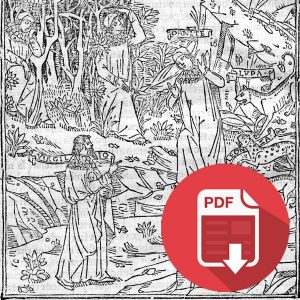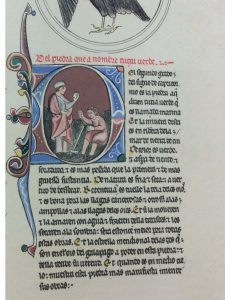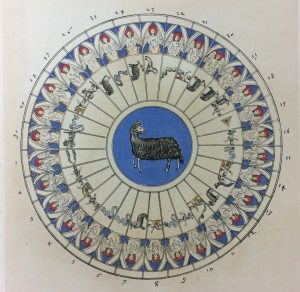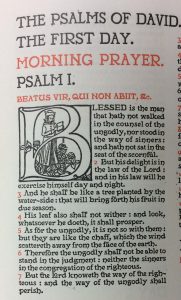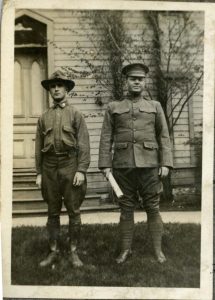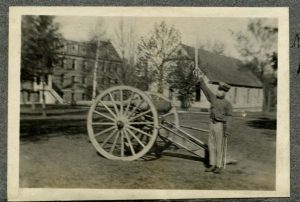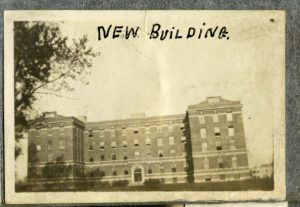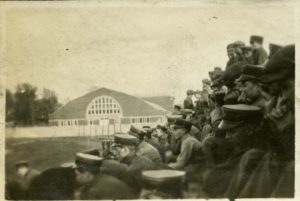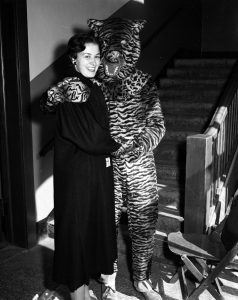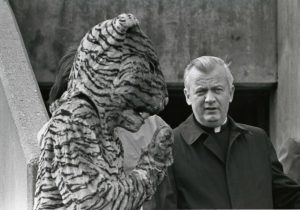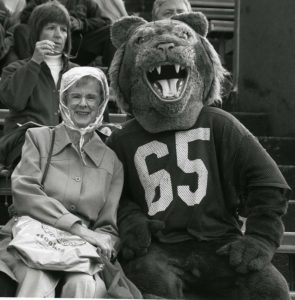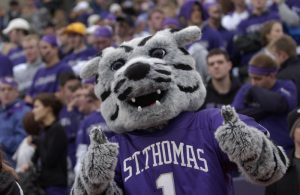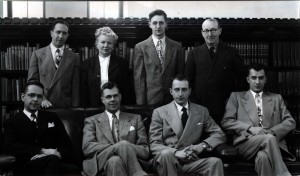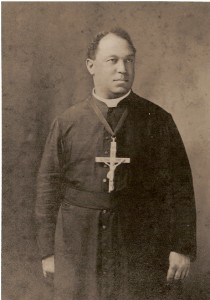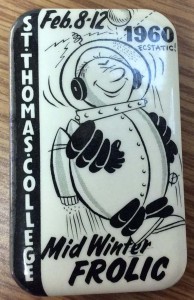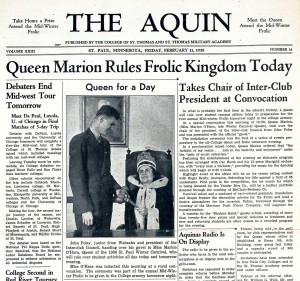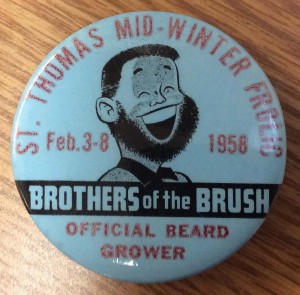Did you know that University of St. Thomas was officially an all-male school in its undergraduate program for the first 92 years of its history? It wasn’t until September 1977 that women were first admitted as full members of the undergraduate class. While the school’s administrators anticipated that only 100 – 125 women would enroll in the first year, St. Thomas welcomed 221 women students for the Fall Semester.
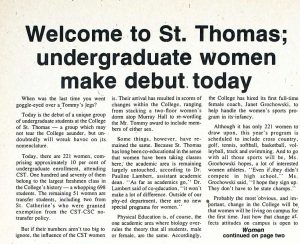
From the Aquin, September 7, 1977
To accommodate the women undergraduates, the physical campus underwent a bit of a facelift prior to their arrival. Bathrooms and locker rooms were remodeled in existing buildings to provide spaces for women. But the most visible change to the campus landscape was an addition to Murray Hall. Constructed during the summer of 1977, housing for up to 94 female students was created.

Construction of the Murray Hall residence addition June 1977.
The transition to a coeducational institution went very smoothly by all accounts. By the 1980-81 academic year, 40 percent of the undergraduate student body were women. That same year, Rachel Wobschall was voted the by the student body to be the first female Tommie Award (formerly the “Mr. Tommy” award) winner.

Two female students in a Murray Hall residence room, May 1978.
To explore more of the history of the University of St. Thomas, visit the University Archives webpage.


